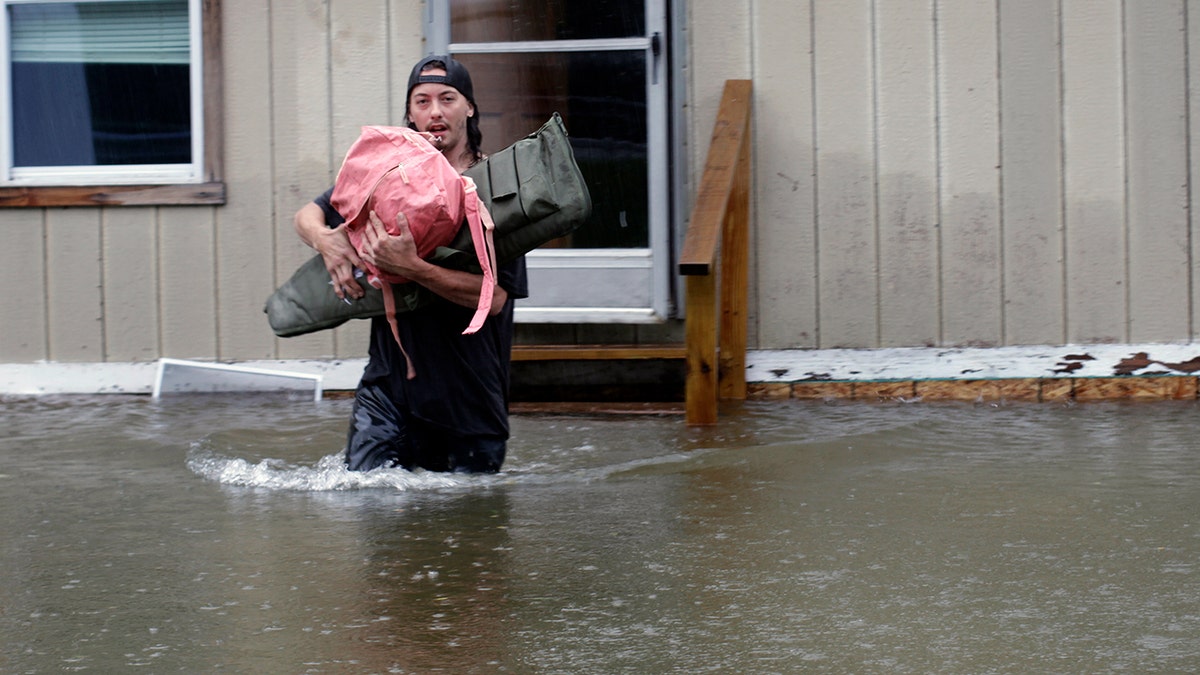The intense storm that deluged the Northeast, particularly Vermont, with up to two months' worth of rain began to subside on Tuesday. However, the threat of further flooding loomed large as numerous communities remained cut off, including routes to Vermont's capital, Montpelier.
While thankfully no injuries or fatalities have been reported in Vermont, the flooding has caused widespread disruption, closing dozens of roads, many of which are crucial arteries through the Green Mountains. Flash flood warnings and advisories remain in effect for a large swathe of the state, stretching from the Massachusetts border to the Canadian border.
This slow-moving weather system impacted parts of New York and Connecticut on Sunday before reaching New England. Tragically, one life was lost in New York due to flash flooding.
President Biden, currently attending the NATO summit in Lithuania, has declared a state of emergency in Vermont and authorized FEMA to coordinate relief efforts and provide essential assistance.
By Monday night, some areas had recorded a staggering 7 to 9 inches of rain. Montpelier, the state capital, was severely affected, with Interstate 89, a major highway, closed in both directions in sections north and south of the city. Montpelier Town Manager Bill Fraser expressed serious concerns about the Wrightsville Dam potentially exceeding its capacity – an unprecedented event that could lead to a catastrophic surge of water into the already flooded city. With limited evacuation options, residents in vulnerable areas were advised to seek refuge on upper floors.

Rescue crews, including teams from North Carolina, Michigan, and Connecticut, worked tirelessly to reach stranded Vermonters. Over 50 rescues have been performed, primarily in the southern and central parts of the state. Governor Phil Scott compared the situation to Tropical Storm Irene in 2011, which caused six fatalities and extensive damage to infrastructure, but emphasized that this current event is more protracted, with ongoing rainfall posing a continuous threat.
Shelters have been established in churches and town halls, providing refuge for displaced residents. Some individuals even canoed to the Cavendish Baptist Church, which was operating as a shelter.
In New York and Connecticut, the focus has shifted to cleanup efforts. The National Weather Service anticipates a decrease in rainfall in northern Vermont on Tuesday, but more rain is forecast for Thursday. New York’s Hudson Valley was particularly hard hit, with one fatality reported. The U.S. Military Academy at West Point experienced over 8 inches of rain, causing road closures and damage. Early estimates suggest tens of millions of dollars in damage.
The storm also disrupted travel, causing flight cancellations and temporary suspension of Amtrak services. Businesses in affected areas, including restaurants, motels, and golf courses, face significant damage and the daunting task of rebuilding.
Comments(0)
Top Comments